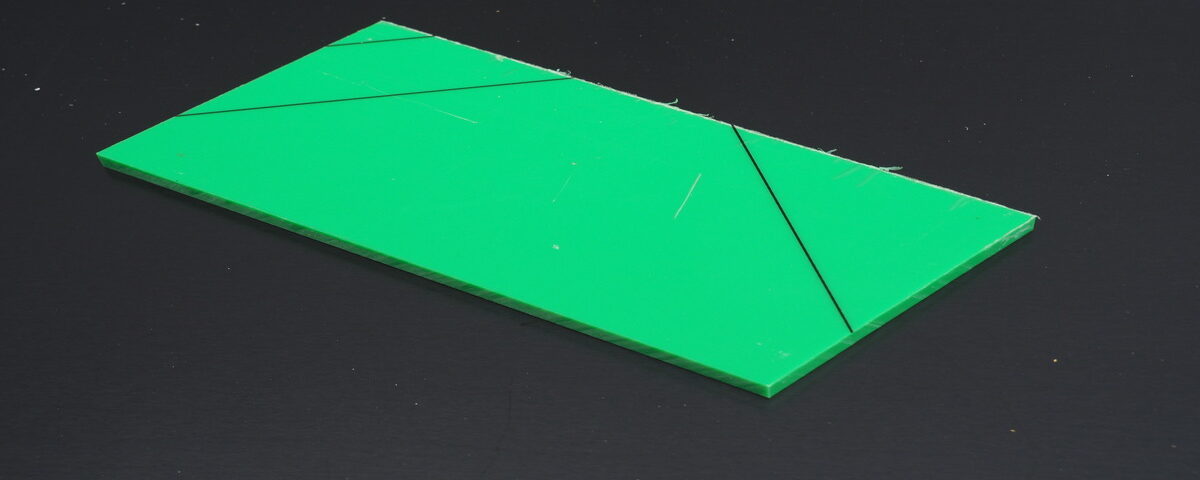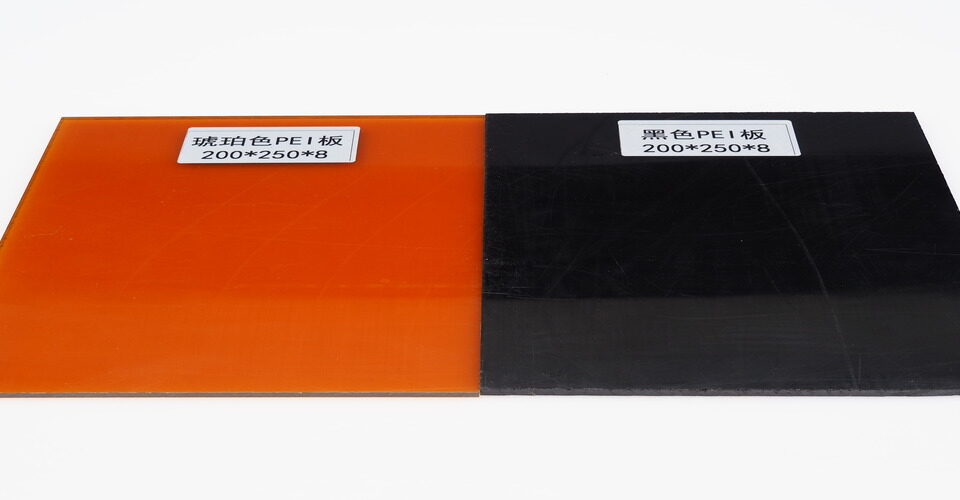
What is the Difference Between PTFE and PEEK Material?
November 25, 2024
What Material is PA PE?
November 25, 2024Introduction
Polypropylene (PP) and Polyethylene (PE) are two of the most widely used plastics in various industries. Both materials offer a range of benefits, but each has unique characteristics that make it more suitable for specific applications. The choice between PP and PE depends on factors such as strength, flexibility, chemical resistance, and cost.
What is Polypropylene (PP)?
Polypropylene is a thermoplastic polymer known for its versatility and strength. It has a high melting point, excellent chemical resistance, and is relatively rigid. PP is commonly used in packaging, automotive parts, and textiles. Its ability to withstand high temperatures makes it ideal for applications requiring durability.
What is Polyethylene (PE)?
Polyethylene is one of the simplest and most widely used plastics. It is available in several forms, including Low-Density Polyethylene (LDPE) and High-Density Polyethylene (HDPE). PE is known for its flexibility, low cost, and excellent resistance to impact and moisture. It is commonly used in packaging, plastic bags, and pipes.

Key Differences Between PP and PE
- Strength and Durability: PP is stronger and more rigid than PE, making it more suitable for products that require structural integrity.
- Flexibility: PE, particularly LDPE, is more flexible and less brittle, which makes it ideal for products like plastic bags and wraps.
- Chemical Resistance: Both PP and PE offer good chemical resistance, but PP is more resistant to high temperatures and certain solvents.
- Cost: PE is typically cheaper to produce than PP, making it more economical for large-scale applications.
Conclusion
The choice between PP and PE depends on the specific requirements of the application. If flexibility and cost are the main priorities, PE may be the better option. However, for applications requiring higher strength, rigidity, and temperature resistance, PP is often the better choice.






